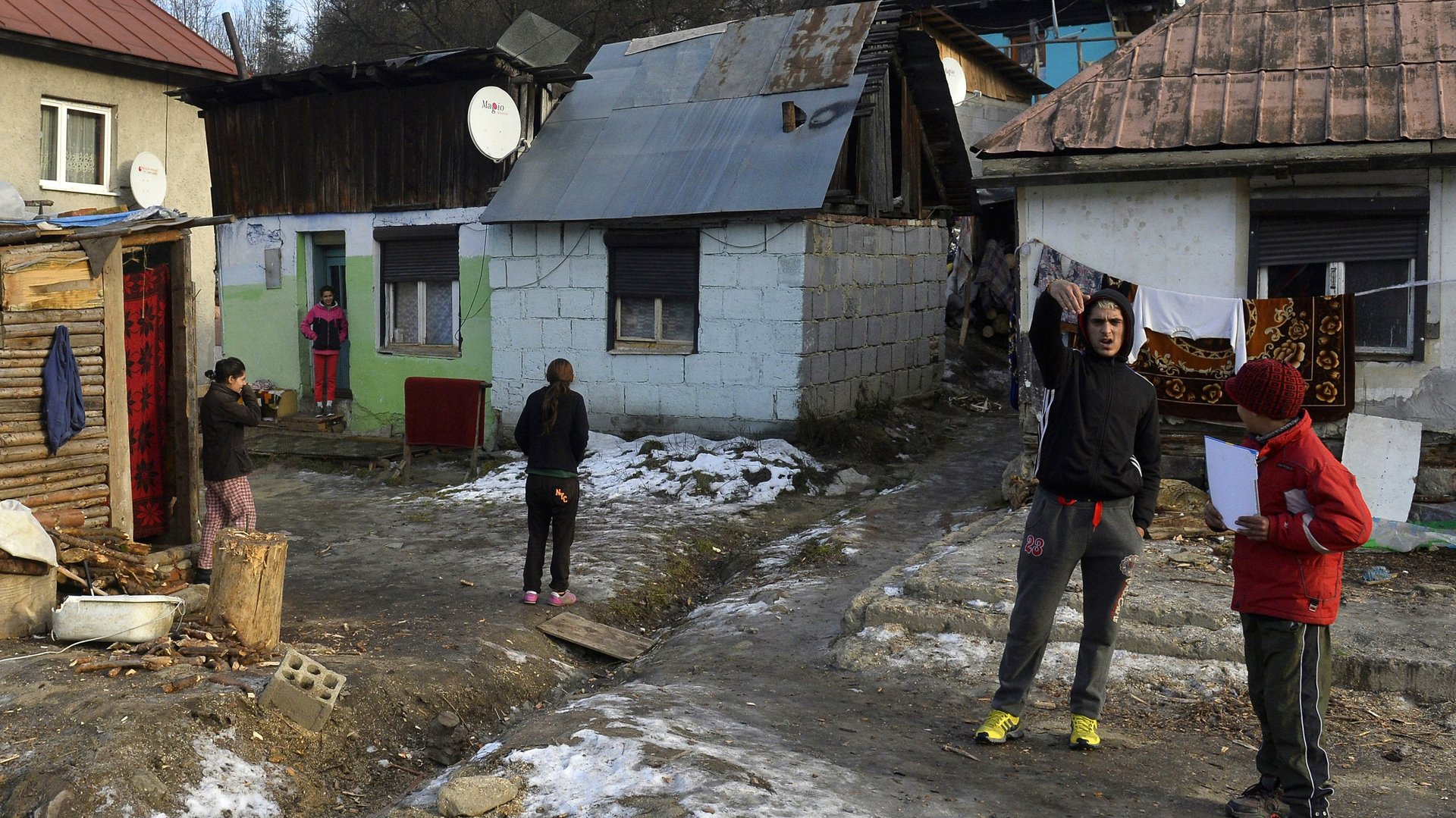In Europe, 14 people die each day from unsafe water, sanitation, and poor hygiene
It’s World Water Day on Mar. 22, and the World Health Organization wants to remind Europe that many people in the region, classified as 53 countries, drink dirty water—and many people don’t even realize it.


It’s World Water Day on Mar. 22, and the World Health Organization wants to remind Europe that many people in the region, classified as 53 countries, drink dirty water—and many people don’t even realize it.
Consequently, it says over 5,000 people in Europe die each year from diarrheal disease due to inadequate water, sanitation, and hygiene. That’s the equivalent of 14 people daily. A vast majority of those affected are people living in rural areas where clean and safe drinking water at home is frequently unavailable.
The WHO data shows that 57 million people in Europe do not have piped water at home, and 21 million people still lack access to basic drinking water services. Those people then have to find ways to have a steady supply of water. Unfortunately, this has led affected people to walk for over 30 minutes to collect water from unprotected dug wells and springs. Others just rely on surface water, from rivers, canals, and streams, as their primary source of water. But in tandem, WHO said that almost 1.7 million people in 11 countries practice open defecation due to the lack of toilets. So their feces are disposed of in fields, forests, and open bodies of water.
All this leads to diseases such as cholera, hepatitis A, legionellosis, and typhoid fever—all of which were reported by Member States of the WHO European Region to the Centralized Information System for Infectious Diseases in 2010.
Since yesterday (Mar. 20), the European Environment and Health Task Force is meeting in Bonn, Germany, to figure out how it can focus on and implement global and regional commitments of water sanitation and hygiene in national policy agendas. All of which would help reduce diarrheal diseases by 25–35%, says the WHO.